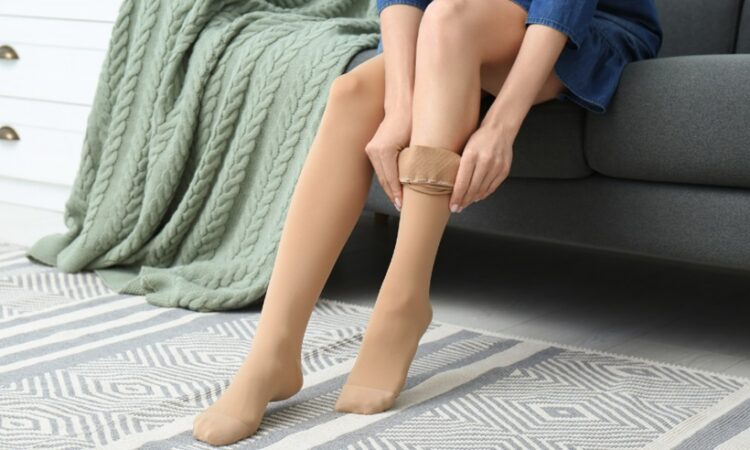
Compression socks have become an essential part of many people’s wardrobes, especially those who suffer from ailments like varicose veins or chronic swelling. These specially designed socks offer support, improve circulation, and reduce discomfort in the legs, which is beneficial for both medical and daily use. Choosing the right compression socks in Alpharetta can significantly impact one’s health and comfort. This article will discuss how to choose the right compression socks for your needs.
Understand the Different Levels of Compression
Compression socks come in various levels of pressure, from mild to extra-firm. Understanding these levels is crucial when choosing the right socks for your needs. Mild compression socks (8-15mmHg) are suitable for daily use and help with minor swelling and discomfort. Moderate compression socks (15-20mmHg) provide more support and are recommended for those with moderate swelling or varicose veins. Firm compression socks (20-30mmHg) are best for severe swelling or varicose veins, while extra-firm compression socks (30-40mmHg) are reserved for severe medical conditions.
Consider Your Activity Level
When choosing compression socks, it’s essential to consider your activity level. For those who lead a sedentary lifestyle or spend most of their day sitting or standing, mild to moderate compression levels are recommended. However, if you have an active lifestyle that involves intense physical activity like running or sports, firmer compression levels may be more suitable as they offer better support and aid in muscle recovery.
Determine the Best Material for You
Compression socks come in various materials, such as nylon, spandex, cotton, and wool. Each material has its own benefits, so it’s essential to choose the one that suits your needs. Nylon and spandex are the most common materials used in compression socks, as they offer durability, breathability, and stretchiness. Cotton is a natural fabric that is soft and comfortable but not as durable as nylon or spandex. Wool is an excellent option for those with sensitive skin or allergies.
Get the Right Fit
The right fit is crucial when it comes to compression socks. Ill-fitting socks can cause discomfort and even worsen existing conditions. It’s essential to measure your legs accurately before purchasing compression socks and refer to the sizing chart provided by the manufacturer. It’s also recommended to try on different brands and sizes to find the perfect fit for you.
Consult with a Medical Professional
If you have underlying medical conditions or are unsure about which compression level or style is best for you, it’s always advisable to consult with a medical professional before making a purchase. Additionally, compression socks and heart failure have also been shown to have a positive correlation, as they help with blood circulation in patients suffering from heart failure. To learn more about how compression socks help with heart failure, you may check out this blog.
Assess Price and Quality
Price and quality are significant factors to consider when choosing compression socks. While it may be tempting to go for the most affordable option, investing in high-quality socks can provide better support, durability, and overall satisfaction. Do some research on various brands and read customer reviews to assess the reliability and performance of the socks.
Take Note of Style and Design
Compression socks are available in various styles and designs, from traditional knee-high and thigh-high options to fashionable patterns and colors. Selecting a design that appeals to your personal taste can make wearing compression socks more enjoyable and encourage regular use. For professional settings, neutral colors and classic designs might be preferable, while colorful patterns can be a fun option for casual wear.
Conclusion
Choosing the right compression socks for your needs requires careful consideration of various factors, including compression levels, activity level, material, fit, price, and style. Whether for medical purposes or daily comfort, selecting the right pair can significantly impact your overall well-being and quality of life. By following these guidelines, you can find the perfect compression socks to support your lifestyle and health needs.

